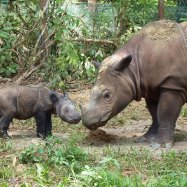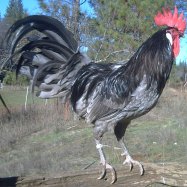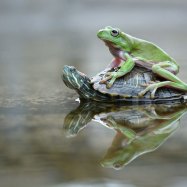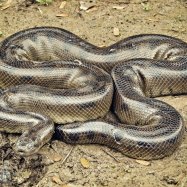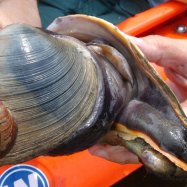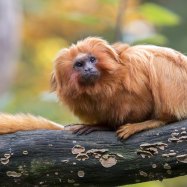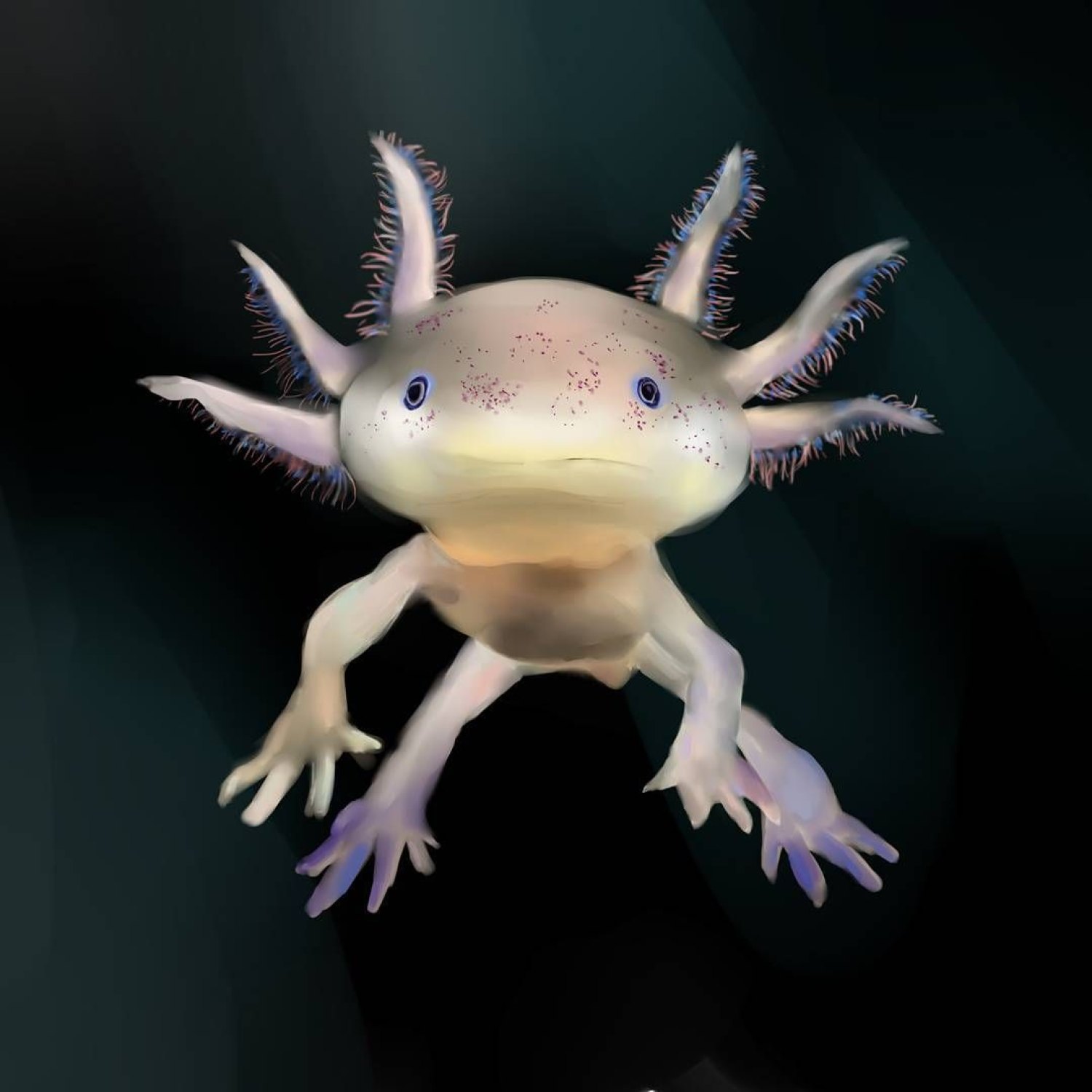
Axolotl
Approximately 9-12 inches
The Axolotl, also known as the Mexican walking fish, is a unique amphibian found in various lakes and canals in Mexico City. With a body length of 9-12 inches and a flat, aquatic shape, it is a popular choice for aquariums. Its feathery gills make it a fascinating addition to any tank. #Axolotl #MexicanWalkingFish #AquaticAnimals
Animal Details Summary:
Common Name: Axolotl
Kingdom: Animalia
Habitat: Freshwater
The Fascinating World of the Axolotl: Mexico's Aquatic Marvel
The animal kingdom is rife with creatures that captivate our imagination and curiosity. From the majestic lions of the African savannah to the mighty whales of the ocean, there is no shortage of fascinating animals to explore. One such creature that often goes unnoticed is the Axolotl. However, don't let its unassuming appearance fool you - the Axolotl is a remarkable creature with a multitude of unique features that make it a marvel of nature Axolotl.The Axolotl, also known as Ambystoma mexicanum, is a species of aquatic salamander that is native to Mexico. Its name is derived from the Aztec language Nahuatl, which means "water monster." These peculiar creatures are classified under the Animalia kingdom, Chordata phylum, and Amphibia class. They belong to the Urodela order and the Ambystomatidae family, which also includes the tiger salamander. Axolotls are exclusively found in freshwater habitats, making them stand out among other salamanders and amphibians, which typically reside in both land and water environments.
Endemic to the lakes and canals of Mexico City, the Axolotl is regarded as a cultural and historical symbol of the city. These creatures can be found in various shades of gray, brown, black, and white, and can grow up to an impressive length of 9-12 inches. But what truly sets the Axolotl apart are its unique features and adaptations, making it an intriguing subject for study and discussion. So, let's dive deeper into the fascinating world of the Axolotl and uncover its outstanding abilities and characteristics Anteosaurus.
Body Shape and Coloration
One look at an Axolotl and you'll notice its unusual appearance. These creatures have a long, flat body with four short limbs and a long tail. However, unlike other salamanders, Axolotls never leave their aquatic habitat and spend their entire lives underwater. This unique body shape allows them to swim gracefully and navigate through the water with ease.Apart from their distinctive body shape, Axolotls also have an array of color variations, which makes them a joy to observe. They can range from pale greyish-brown to almost black, with spots and patterns of white or gold. These variations are not determined by gender or age but are instead influenced by environmental factors and genetic mutations. This means that each Axolotl is truly one of a kind, with its own unique coloration.
Habitat and Distribution
As mentioned earlier, the Axolotl is endemic to Mexico and is primarily found in various lakes and canals in Mexico City. They prefer to live in shallow, murky waters with plenty of vegetation and debris, where they can easily hide and hunt for prey. These creatures also need clean water with a consistent temperature and low levels of dissolved oxygen. Unfortunately, due to pollution and habitat destruction, the Axolotl population has drastically declined in recent years, making it an endangered species.To survive in its freshwater habitat, the Axolotl has evolved specialized adaptations, such as its feathery gills. These gills are used to extract oxygen from the water, allowing the Axolotl to breathe underwater. This trait is known as neoteny, which is a form of paedomorphosis, where an animal retains juvenile features throughout its adult life. This is why Axolotls never go through the metamorphosis stage and remain in their larval form throughout their lives.
Feeding Method
Axolotls are carnivorous creatures, meaning they primarily feed on other animals. They are skilled hunters, using their keen sense of smell and their lateral line system to detect prey. Their diet primarily consists of small aquatic creatures, such as worms, insects, small fish, and crustaceans. Axolotls are also known to feed on their own species, making them cannibalistic. This trait is most evident in overcrowded habitats where food sources are scarce.Their feeding method is also unique, as they use suction power to draw their prey into their mouths. This means that they do not actively pursue their prey, but instead wait for it to come within reach. This low-energy way of hunting allows the Axolotl to conserve energy and maintain its graceful movements in the water.
Country of Origin
As mentioned earlier, the Axolotl is exclusive to Mexico and is considered a national treasure. They have a long-standing history and cultural significance in the country, dating back to the Aztec civilization. In ancient Aztec mythology, the Axolotl was believed to be a god who transformed into a fish to escape sacrifice. This has led to the belief that the Axolotl possesses healing properties and is often used in traditional medicine.Apart from its cultural significance, the Axolotl has also become a source of pride for the people of Mexico. They are featured in various forms of art and are often used as a symbol of resilience and regeneration. In recent years, there has been a significant push for conservation efforts to protect these creatures and their natural habitat.
Threats and Conservation
Despite being an important cultural symbol and a fascinating species, the Axolotl is facing various threats to its survival. Pollution, habitat destruction, and the introduction of non-native species have all contributed to the decline in their population. Additionally, these creatures have also become popular as pets, leading to illegal poaching and trade.Thanks to conservation efforts, the Axolotl has been listed as critically endangered on the IUCN Red List. Various organizations and institutions are working towards preserving their natural habitat and breeding them in captivity to replenish their numbers. Through education and awareness, there is hope that these creatures will continue to thrive in their natural environment.
Axolotls and Scientific Research
Apart from being a cultural icon and a beloved pet, the Axolotl has also become a vital subject for scientific research. These creatures possess extraordinary regeneration abilities, making them highly sought after for studies on tissue and organ regeneration.One unique aspect of the Axolotl is their ability to regenerate entire limbs, including bones, muscles, blood vessels, and nerves. This remarkable feat has the potential for groundbreaking medical advancements and has drawn the attention of scientists from around the world. Researchers continue to study the genetics and specific regenerative abilities of the Axolotl, hoping to unlock the secrets to their remarkable abilities.
In addition to regeneration, the Axolotl has also been studied for its ability to withstand extreme environments. These creatures can survive in water temperatures ranging from 14 to 21 degrees Celsius, and even lower temperatures in captivity. This trait is of particular interest to researchers studying climate change and the impact it may have on different species.
In Conclusion
The Axolotl is truly a wondrous creature, with a rich history and a list of remarkable characteristics. From its unique body shape and coloration to its resilience and regeneration abilities, it continues to fascinate and enthrall scientists and animal enthusiasts alike. However, its future remains uncertain as it faces various threats to its survival.As we continue to learn more about these creatures and their impact on scientific research, it's essential to also understand the importance of conserving their natural habitat. Only through efforts to protect and preserve their environment can we ensure that the Axolotl remains a vital part of Mexico's cultural and biological diversity. So let us continue to marvel at the wonders of nature and remind ourselves to appreciate and protect the incredible creatures that share our world.

Axolotl
Animal Details Axolotl - Scientific Name: Ambystoma mexicanum
- Category: Animals A
- Scientific Name: Ambystoma mexicanum
- Common Name: Axolotl
- Kingdom: Animalia
- Phylum: Chordata
- Class: Amphibia
- Order: Urodela
- Family: Ambystomatidae
- Habitat: Freshwater
- Feeding Method: Carnivorous
- Geographical Distribution: Endemic to Mexico
- Country of Origin: Mexico
- Location: Various lakes and canals in Mexico City
- Animal Coloration: Varies, including shades of gray, brown, black, and white
- Body Shape: Aquatic, with a long, flat body and feathery gills
- Length: Approximately 9-12 inches
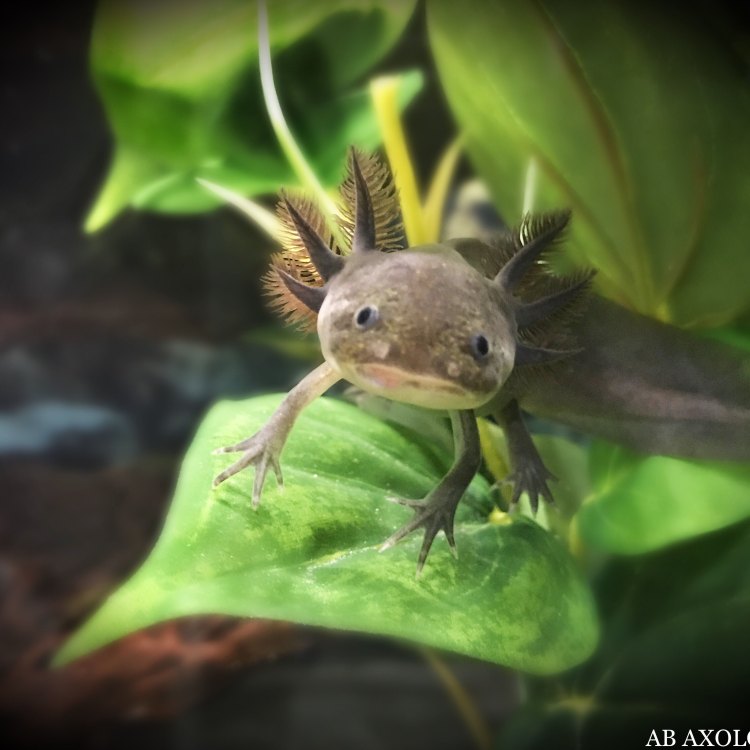
Axolotl
- Adult Size: 12-14 inches
- Average Lifespan: 10-15 years
- Reproduction: Sexual
- Reproductive Behavior: External fertilization
- Sound or Call: No known vocalizations
- Migration Pattern: No migration pattern
- Social Groups: Solitary
- Behavior: Ambush predator, primarily active at night
- Threats: Habitat destruction, pollution, and invasive species
- Conservation Status: Critically Endangered
- Impact on Ecosystem: Key species in the aquatic ecosystem
- Human Use: Captivity breeding for the pet trade and medical research
- Distinctive Features: External feathery gills and regenerative abilities
- Interesting Facts: Axolotls have the ability to regenerate lost body parts, including limbs and organs
- Predator: Birds, fish, and other aquatic predators
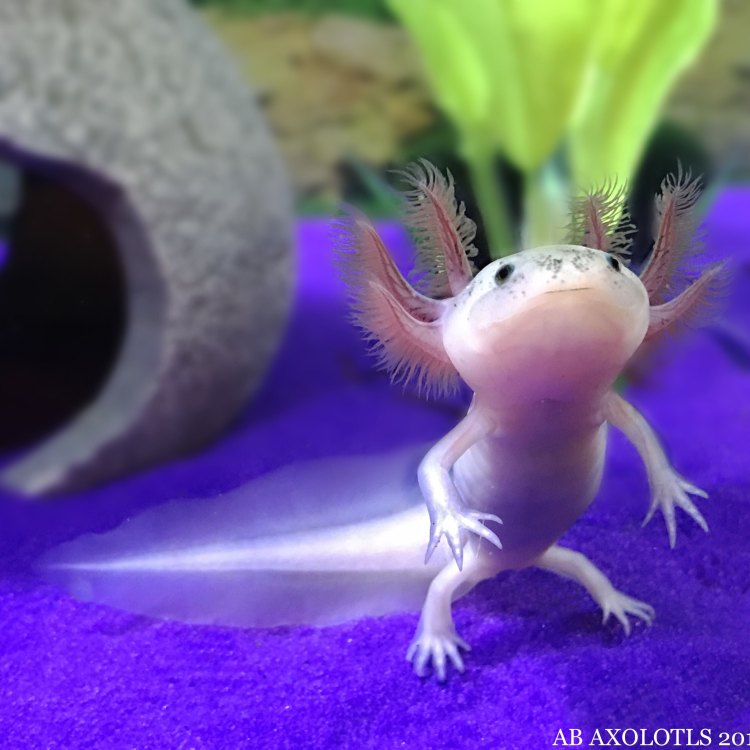
Ambystoma mexicanum
Astonishing Facts about the Axolotl – Nature’s Regenerative Masterpiece
The axolotl (Ambystoma mexicanum), also known as the “Mexican walking fish,” is an extraordinary amphibian that has captured the interest and fascination of people worldwide. With its unique physical characteristics and incredible capabilities, the axolotl has become a subject of study and a popular pet among reptile enthusiasts. In this article, we will delve into the world of the axolotl and discover its astonishing features that make it stand out in the animal kingdom.The Marvelous Appearance of the Axolotl
One look at the axolotl, and you can’t help but be captivated by its unusual, almost alien-like appearance PeaceOfAnimals.Com. They have a long, slender body that can grow up to 12-14 inches in length, making them one of the largest species of salamanders in the world. Their skin can come in various colors, including shades of brown, gray, yellow, and even pink. However, their most distinctive feature is the external feathery gills that give them a surreal, aquatic look.The Superpower of Regeneration
While the axolotl may seem odd at first glance, its most fascinating feature lies beneath its skin. The axolotl has the remarkable ability to regenerate lost body parts, something that is very rare, even among amphibians. They can regenerate limbs, organs, skin, and even parts of their brain and spinal cord. This regenerative superpower is possible because axolotls can go back to their juvenile form (neoteny) even when they reach sexual maturity. As a result, they can replace damaged tissues with young, healthy ones, allowing them to heal and recover from almost any injury.Reproduction and Reproductive Behavior of the Axolotl
Axolotls have a unique reproductive behavior that is quite different from most amphibians Argentine Horned Frog. First, they are strictly sexual and require both a male and female to reproduce. During mating, the male will deposit sperm onto the female's cloaca (external genital opening), and fertilization takes place externally. This process, known as external fertilization, is a common reproductive behavior among aquatic species.Nighttime Ambush Predator
Being primarily active at night, the axolotl is an ambush predator, using its camouflage and excellent eyesight to hunt for prey. They are carnivorous and feed on a variety of small animals, including insects, worms, fish, and even other amphibians. Their long, slender body and powerful jaws make them swift hunters, and they can swallow their prey whole.A Solitary Lifestyle
Axolotls are solitary creatures, and in the wild, they tend to live alone. They only come together during the breeding season when they seek out a mate. In captivity, they can be kept in groups as long as there is enough space and resources for each individual.The Impact of Threats on Axolotls
Sadly, despite its incredible capabilities, the axolotl's numbers are declining rapidly in the wild. One of the main reasons for this is the destruction of their natural habitats. With the expansion of urban areas and agricultural land, axolotls are losing their homes and struggling to find suitable living conditions. Pollution is another significant threat to axolotls, especially in their native habitat of Lake Xochimilco in Mexico. The lake is heavily polluted with untreated sewage, chemicals, and agricultural runoff, making it almost impossible for axolotls to survive. Invasive species, such as tilapia and carp, also compete with axolotls for food and resources, further adding to their decline.Captive Breeding for Pet Trade and Medical Research
Fortunately, efforts are being made to protect and conserve the axolotl population. Captive breeding programs have been set up, mainly to provide axolotls for the pet trade. As they are easy to care for and have a unique appearance, they have become popular pets in many countries. Axolotls are also used in medical research as their ability to regenerate lost body parts has potential implications for human medicine, such as limb and organ regeneration.A Critically Endangered Species
Despite these conservation efforts, the axolotl is still classified as critically endangered by the International Union for Conservation of Nature (IUCN). It is estimated that their population in the wild has declined by 90% in the last decade, making them one of the most endangered species in Mexico. Immediate action is needed to protect and preserve this unique creature before it disappears from the wild completely.The Axolotl’s Vital Role in the Ecosystem
Aside from their remarkable physical features, axolotls play a crucial role in the aquatic ecosystem. They are considered a key species, and their presence has a significant impact on the balance of their environment. As predators, they help control the population of other aquatic animals, maintaining the delicate balance of the ecosystem. Their gills also serve as a filtration system, ridding the water of harmful substances and keeping it clean and healthy for other organisms.Humans: The Greatest Threat to the Axolotl
It's a sad reality that we, as humans, are the biggest threat to the continued existence of the axolotl. Our actions, such as habitat destruction and pollution, have a direct impact on this unique species and its habitat. If we continue to neglect the conservation of this remarkable creature, future generations may only know the axolotl through textbooks and museums.Let’s Protect Our Marvelous Mexican Walking Fish
In conclusion, the axolotl is an incredible animal that defies the laws of nature with its regenerative abilities and unique appearance. It's a reminder of how diverse and fascinating our world can be, and how we must do our part in preserving it. As a critically endangered species, the axolotl needs our help to survive. By taking action, such as supporting conservation efforts and being mindful of our impact on the environment, we can ensure that the axolotl continues to thrive in our world. Let's all work together to protect this marvelous Mexican walking fish and show the world the power of conservation.

The Fascinating World of the Axolotl: Mexico's Aquatic Marvel
Disclaimer: The content provided is for informational purposes only. We cannot guarantee the accuracy of the information on this page 100%. All information provided here may change without prior notice.





